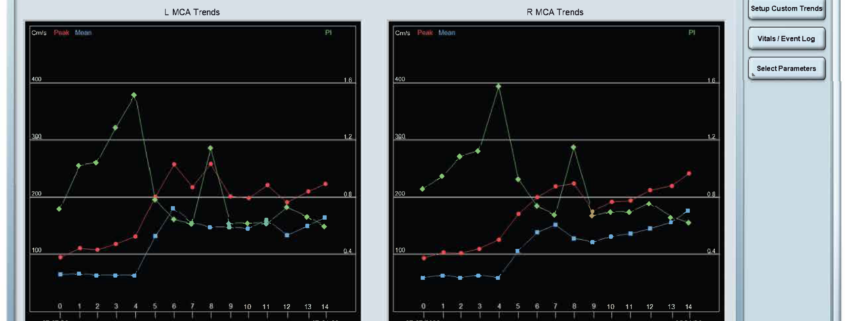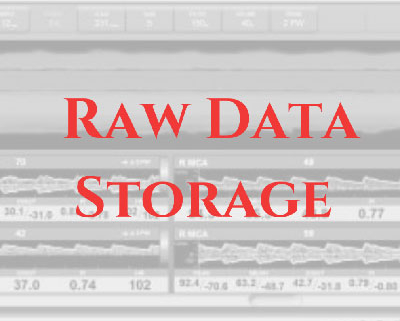The Trend above shows the importance of automated trending when performing TCD exams. The PI may give you a day or two heads up as to the direction a patient may be trending. This can be life saving! The pulsatility index (PI) and resistant index (RI) are calculated from TCD parameters as follows: PI (PSV–EDV)/mean CBFV and RI (PSV–EDV)/PSV (Table 2).The pulsatility index is an indicator of amount of vascular resistance in distal intracranial pressure and it is used as indirect evaluation of intracranial pressure when ICP exceeding
20 mmHg. It is also found that there is a good correlation between ICP and RI but this correlation is less sensitive than PI. It should also be noted that PI is less effected by angle and therefore it is a very reproducible measurement when comparing exams over time.
IMAGE MONITORING USA
173 Dingens Street
Buffalo, NY 14206 United States
LATEST BLOG POSTS
- Selected Abstracts from the March Issue of the European Journal of Vascular and Endovascular Surgery April 23, 2024
- Palmar Arch Assessment Required Prior to Radial Access for Heart Catheterization or Radial Harvest April 19, 2024
- Robot- Assisted Transactional Doppler Versus Transthoracic Echocardiography for Right To Left Shunt Detection April 17, 2024
Office Hours
Mon-Fri: 8:00 AM – 4:30 PM (EST)
Sat: closed
Sun: closed
Locations
Latest Blog Posts
- Selected Abstracts from the March Issue of the European Journal of Vascular and Endovascular Surgery April 23, 2024
- Palmar Arch Assessment Required Prior to Radial Access for Heart Catheterization or Radial Harvest April 19, 2024
- Robot- Assisted Transactional Doppler Versus Transthoracic Echocardiography for Right To Left Shunt Detection April 17, 2024
- Interpretation Of Peripheral Arterial And Venous Doppler Waveforms – A Consensus Statement March 4, 2024
- Cerebral Vasoreactivity Evaluated by Transcranial Color Doppler and Breath-Holding Test in Patients after SARS-CoV-2 Infection – PMC February 22, 2024






